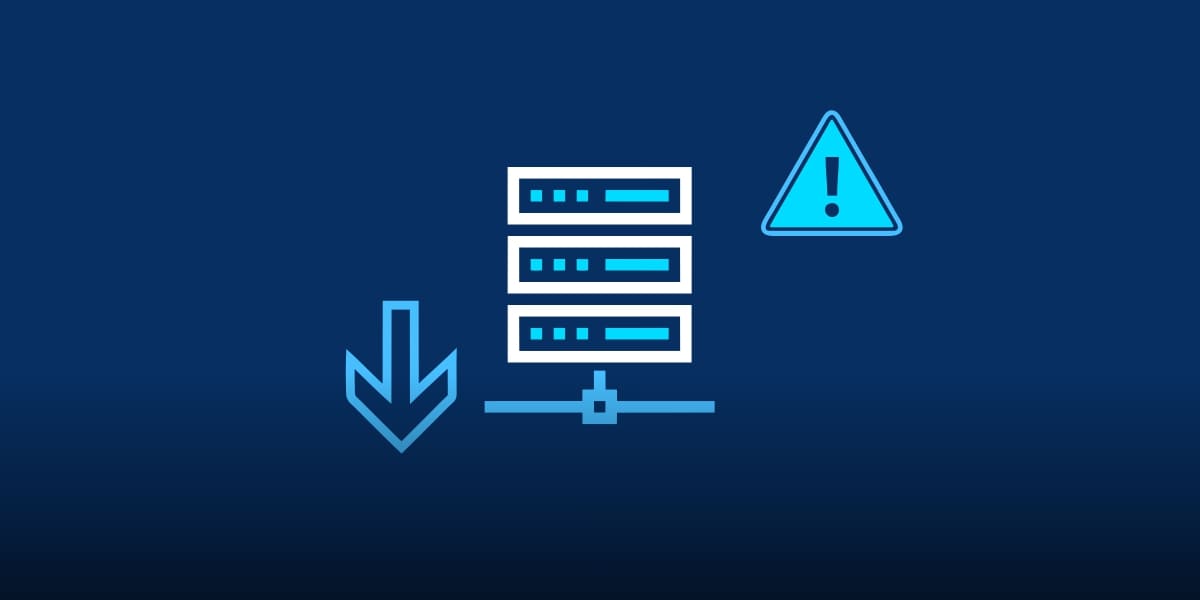When the Server Goes Down: Understanding the Impact and What to Do

Server Down – In today’s digital age, servers are the backbone of our online experiences. Whether it’s a bustling e-commerce site, a popular blog, or a critical business application, a server’s smooth operation is crucial.
So, what happens when the server goes down, and how can you navigate the chaos? Let’s dive into the impact of server outages and explore steps to mitigate and recover from such incidents.

The Impact of a Server Down
- Disruption of Services:
- User Experience: When a server goes down, users often encounter error messages, slow load times, or complete unavailability of the site or application. This disruption can lead to frustration and a loss of trust.
- Revenue Loss: For businesses that rely on online transactions, server downtime can mean direct revenue loss. Every minute of downtime could translate into lost sales and potential customers seeking alternatives.
- Operational Hiccups:
- Internal Operations: Teams relying on internal servers for data access or communication may face interruptions, hampering productivity and decision-making.
- Customer Support: Customer support teams might experience difficulties in addressing queries or resolving issues if the server hosting their support system is down.
- SEO and Reputation Damage:
- Search Engine Rankings: Frequent downtime can negatively impact SEO rankings as search engines may view the site as unreliable.
- Brand Reputation: Regular or prolonged outages can tarnish a brand’s reputation, leading to negative reviews and a loss of credibility.
Common Causes of Server Outages
- Hardware Failures:
- Physical components such as hard drives, power supplies, or network cards can fail, leading to server downtime.
- Software Issues:
- Bugs, glitches, or conflicts in server software or applications can cause crashes or instability.
- Network Problems:
- Issues with network connectivity, such as ISP problems or DNS failures, can render a server inaccessible.
- Overloading:
- High traffic or resource-intensive applications can overwhelm a server, leading to slowdowns or crashes.
- Cyberattacks:
- Distributed Denial of Service (DDoS) attacks or other malicious activities can target servers, causing outages or performance degradation.
Steps to Mitigate and Recover from Server Outages
- Implement Redundancy:
- Backup Servers: Use backup servers or cloud solutions to ensure that if one server fails, another can take over seamlessly.
- Load Balancing: Distribute traffic across multiple servers to prevent any single server from becoming a bottleneck.
- Regular Monitoring:
- Performance Monitoring: Employ tools that monitor server performance and alert you to issues before they escalate.
- Log Analysis: Regularly review server logs to identify and address potential issues early.
- Create a Response Plan:
- Incident Response: Develop a detailed incident response plan outlining the steps to take in case of a server outage.
- Communication Strategy: Inform users and stakeholders promptly about the issue and provide updates on the resolution progress.
- Conduct Regular Backups:
- Data Backups: Ensure regular backups of server data to avoid data loss in case of hardware failure or corruption.
- Test Backups: Periodically test backups to verify their integrity and usability.
- Invest in Security Measures:
- Firewalls and Intrusion Detection: Use firewalls and intrusion detection systems to protect against cyberattacks.
- Regular Updates: Keep server software and security patches up to date to safeguard against vulnerabilities.
Conclusion
Server Down – Server downtime, while often inevitable, can be managed with the right strategies and preparedness. By understanding the potential impacts, causes, and solutions, you can minimize disruption and ensure a quicker recovery. Stay proactive, keep your systems monitored, and always have a plan in place to handle server issues efficiently.
